I’m not usually the type who likes to take group tours. I’ve been on a few and between the obnoxious know-it-all loudmouth tourists and the limitations on how far I can stray from the group it’s usually just not my cup of tea. But rules are made to be broken and I’m glad I broke my ban on tours just this once for a really great local tour.
Sometimes businesses come up with unique and brilliant ways of marketing. For a local credit union the idea was to show potential customers how the institution was supporting the local community and small business owners. And so they developed a monthly tour that takes guests through the northern Andes and shows them the operations that are benefiting from their loans.
So at 8:30 on Friday morning I, along with 15 other expats and a few bank employees boarded a small private bus and set off. We traveled through the countryside on back roads that I’ve never been on before. That’s one of the only downsides of not owning a vehicle is that I can’t explore the areas beyond the major thoroughfares.
First we stopped at a small farm near the community of Imantag where they grew beans but made most of their money from honey production. We didn’t get too close to the hives, but the woman who owns the farm was happy to tell us about her business and how the credit union’s loans have helped her.
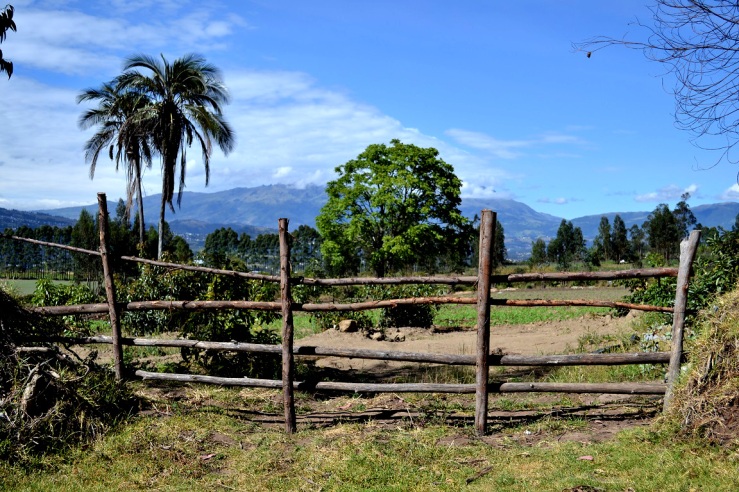
We continued on towards Itubi to see a large tomato farm, but first we stopped for magnificent photo ops.
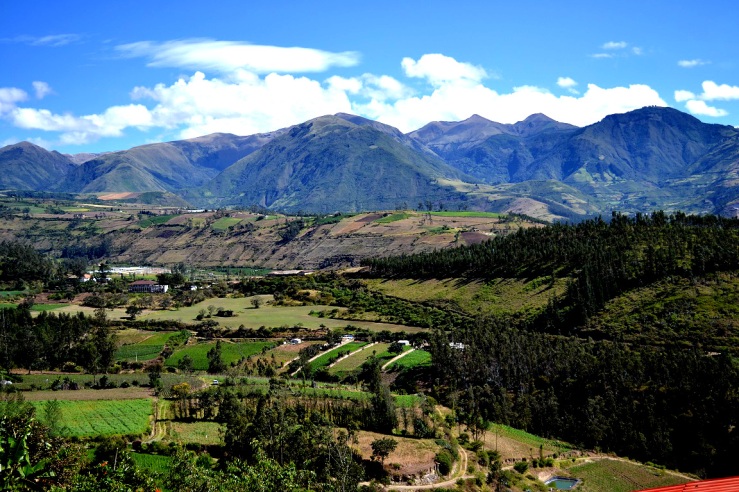
Even though I’ve lived here for three and a half years I am still stunned by the natural beauty around every turn in the road. To make it even better the weather gods shone down on us (literally) after several days of rain which simply accentuated the brilliance of the vistas.
In Salinas we stopped for snacks and a bathroom break and a look at the train station. There is a stretch of railroad that is still in use between Otavalo and Salinas (though it used to continue on down to the coast until the nearby river rose and ruined the tracks). Today the train is used for tourism purposes and when it stops in Salinas the passengers are greeted with dancing by the local Afro-Ecuatoriano population. We were not so lucky and the town was dead as can be since most residents work elsewhere.
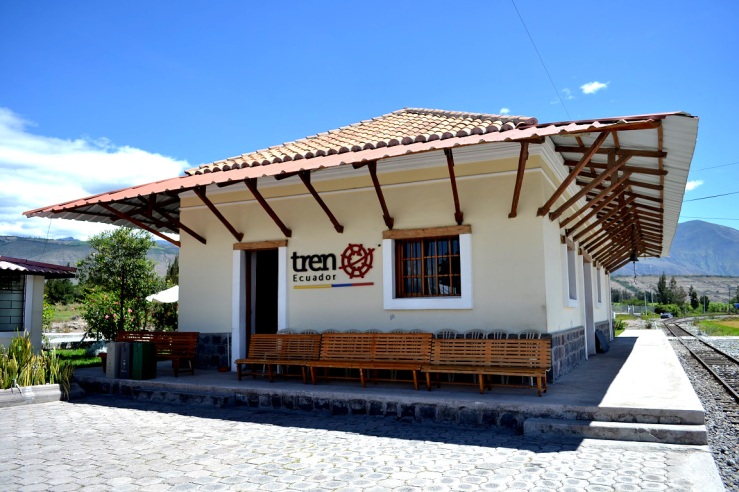
Interestingly at the snack bar inside the train station there was a sign advertising “Helados de Tuna.” In Spanish helado is ice cream, but I couldn’t for the life of me figure out the tuna part. I was fairly positive they weren’t referring to the fish as a). no one in their right mind would want fish ice cream and b). in Spanish the word for tuna is atun. I was perplexed for the next few hours until I overheard one of the bank employees talking about tunas. Turns out it’s the fruit that grows on the prickly pear cactus which are numerous in that area. Mystery solved, but now I regret not sampling the ice cream.
In the town of Mira we stopped for lunch which was a delicious catered meal. The appetizer was a plate of shrimp with some sort of sauce drizzled over it. I wouldn’t know how it was as I’m shrimp intolerant, but the rest of the group seemed happy with them.
The main course came with a salad mixed with fruit, mashed yucca, seasoned rice with raisins, and chicken cordon blue. The vegetarians in the group were given a falafel type patty which I’m told was rather good. I was stuffed at the end, but managed to make room for the vanilla ice cream with chocolate sauce which was served at the end.
After gorging ourselves we headed over to check out a large farm nearby. When I say large, I mean by Ecuador standards, not the massive corporate farms that you see these days in the U.S. This is something that one family can manage by themselves with maybe hiring seasonal workers to help during the harvest.
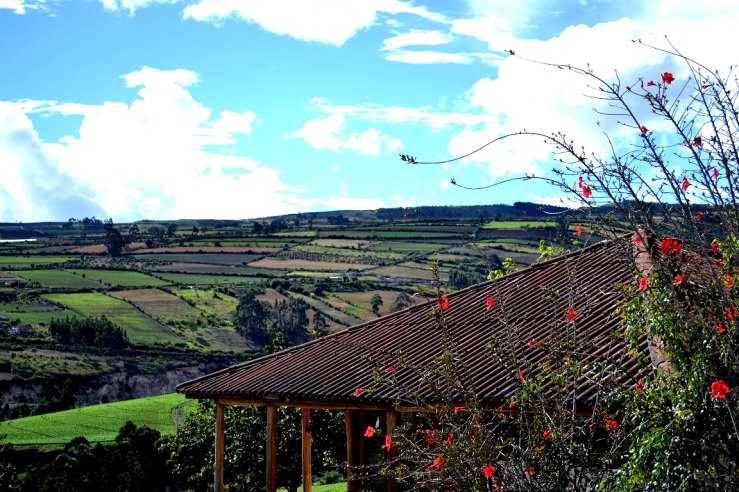
Anyhow, this man had acres and acres of avocado trees bordered by coffee plants. As the trees grow they’ll provide shade for the coffee making a nice symbiotic relationship. On the far end of his property were greenhouses for tomatoes and at the other end were rows of young peach trees. He also owned another nearby plot of land where he grew hundreds of orange and mandarina (tangerine) trees and we were all encouraged to pick and eat any ripe ones we could find. I guess the loss of a few dozen oranges is nothing when your trees are producing tens of thousands.
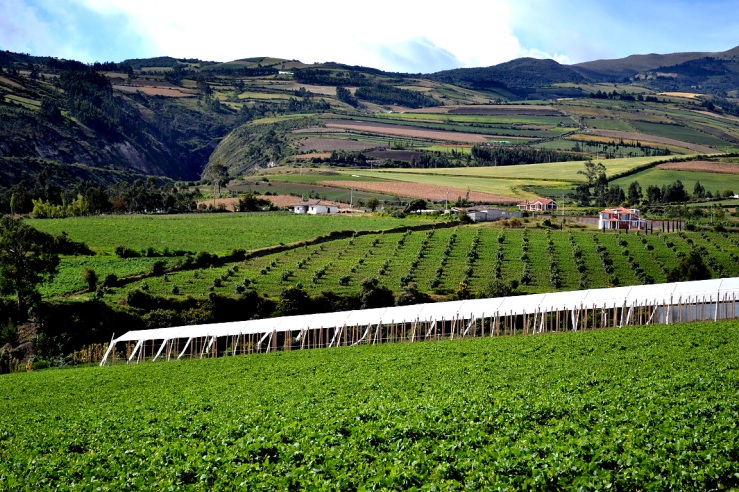
This was the second tour the credit union had put on and they were told by the first group that it was too long as that tour lasted eleven hours. We skipped a couple of stops that were on the original tour and ours still lasted ten hours. I won’t complain as I think it was worth every minute. The bus was roomy and comfortable, my fellow tour attendees were great, and I got to see a large portion of Imbabura province and the neighboring Carchi that I would have never known existed.
To top it off when we returned we were asked into the office for a moment. Of course they made a little spiel about how they would like us to invest our money with them. (It didn’t bother me in the least though as David and I have already put money in a CD at this institution where we’re earning close to 9% APR – personally I think it’s a great deal.) But the speech didn’t last long and then we were presented with baskets full of goodies from the small businesses that are supported by the credit union.
Each basket included a small bottle of avocado oil, a small bottle of artisan sugar cane liquor, a bag of mandarinas, a bag of tomatoes, a small container of moras (blackberries), a box of chocolates, and a frozen trout.
Oh, and did I mention that the entire thing was free? That’s right. No charge for the tour, no charge for the bus, no cost for the food, nothing. 100% free. They say you get what you pay for, but in this case we got far more!
Check out some of the fabulous foods being grown in my neck of the woods!
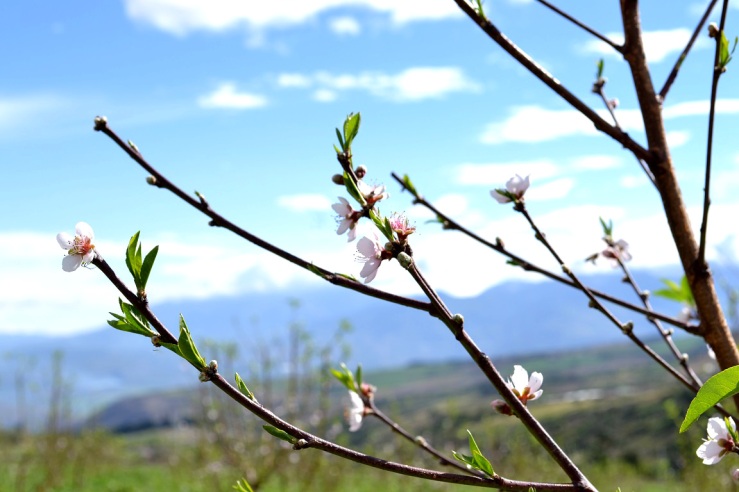
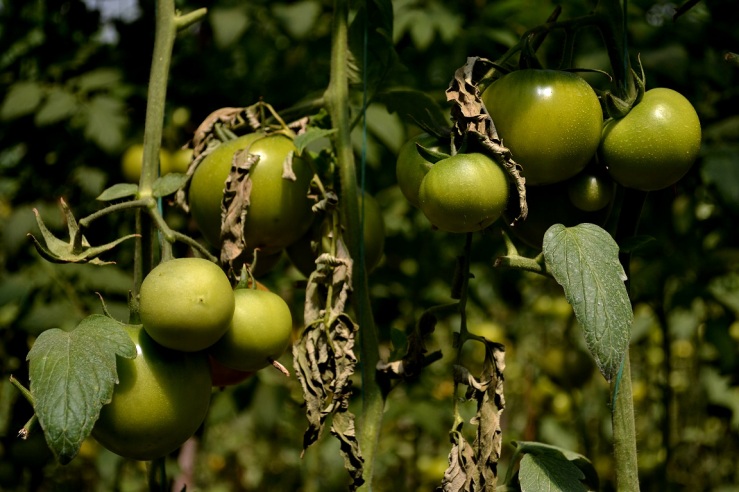
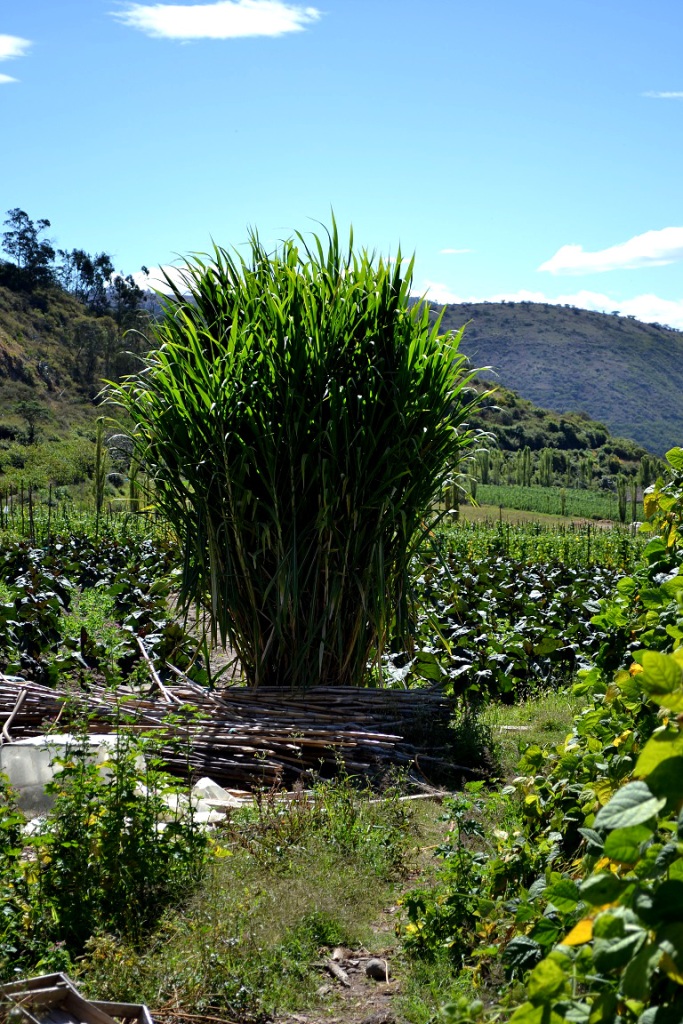
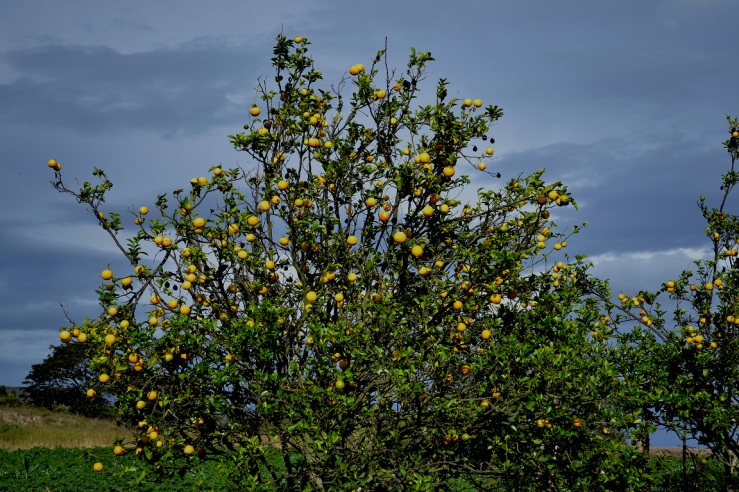
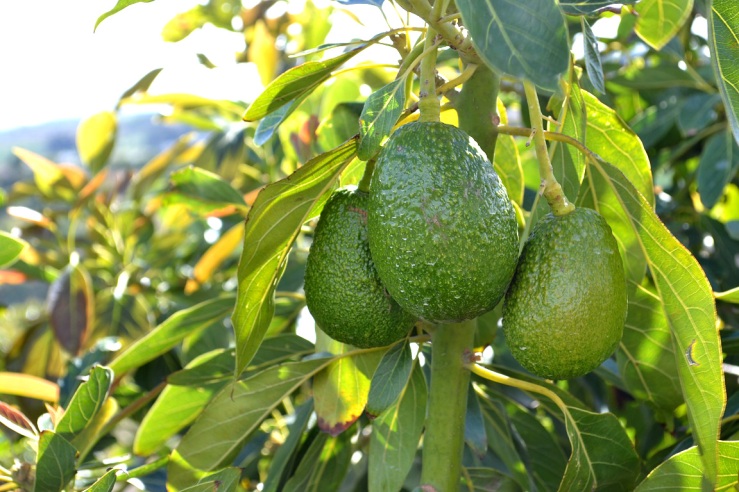

Great article! Great tour! Great price! Yes, we live in a gorgeous country and nature is kind to us with all the bounty. When you say “local credit union” do you mean Cotacachi and, if so, what’s the name and where are they? I definitely want to on the next tour and add their info to my website (WelcomeToCotacachi.ca). Gracias!
Thank you Gary. Yes, the credit union is in Cotacachi and several other north Ecuador communities. It is called Santa Anita and if you simply go into their office and ask to be added to their next tour I’m sure they’d be happy to oblige.
Went to go back and edit my comment to correct “want to go on the next tour” but I guess you can’t edit your comment. Need to proofread better.
Great article Wendy!
Thanks Cindy!
I enjoyed your article, and it reminded me that homegrown or grown on a farm and made more directly available to the public instead of through supermarket chains is many times best. My example is honey. Where I live near Lumbisi by Cumbaya there is a small producer that labels his product, “Abejas de Thomas” or Thomas’s Bees. He does it as a hobby, but it’s just as good or maybe better than that of Supermaxi and for 1/2 the cost.
Anyways, great article. Love the mountain pics. Best regards, Stewart
Thank you Stewart! You’re right the homegrown foods are often better and I love supporting small business owners.
Hi Wendy, I also think this article is great! I am looking into relocating myself. also looking for peace and quiet and to be close to nature. Is there an email I can write to you? Thanks!
Hi Evelyn,
You can contact me at wdechamb@yahoo(dot)com.
Wendy, is it still possible to move money out of the US without penalty? If so, do you know how much?
As far as I know you can move as much money as you want out of the U.S. without penalty. Of course I don’t have millions to move, so maybe no one has informed me of penalties on very high amounts. 😉
Thanks Wendy.